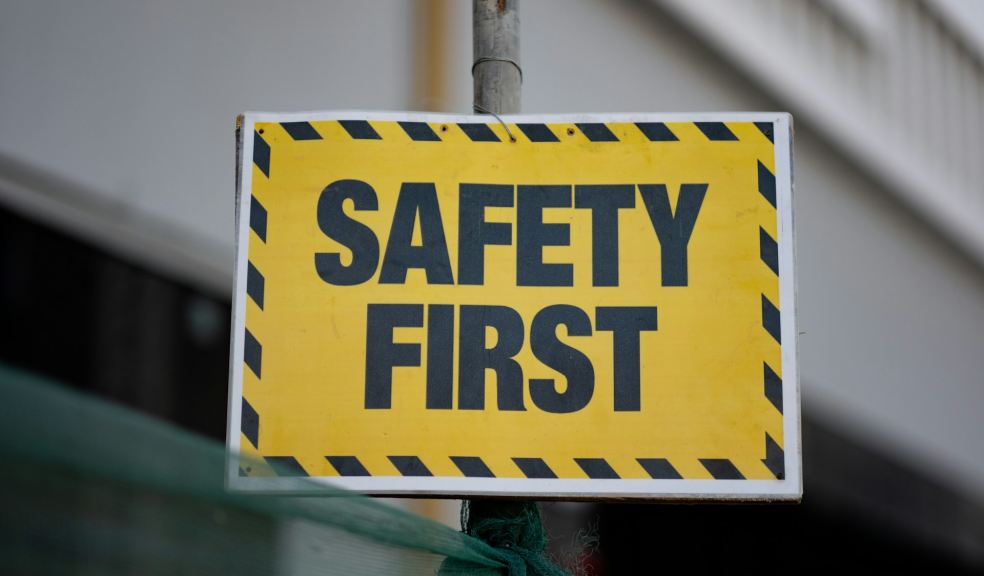
Workplace safety: 4 practical ways to reduce accidents on site
No matter the size or the sector that you operate in, your business has a duty to protect employees from harm. Accidents at work can lead to serious injuries, costly claims and long-term damage to your company’s reputation. The good news is that all it takes is a proactive approach and consistent effort to avoid most incidents. Here are some practical tips on how to prevent accidents in your workplace and build a culture of safety that involves everyone.
Make safety part of your workplace DNA
Preventing workplace accidents starts right at the top with leadership. If your employees see you and management demonstrate a commitment to health and safety, it will set the tone for how the entire organisation carries out daily tasks. Encourage communication, employee involvement and have a clear health and safety policy so everyone is on the same page. Carry out frequent assessments in case new staff, machinery, or procedures result in new risks or make existing ones more likely.
Also, regular training ensures that both employees and management have the most up-to-date safety knowledge, and it also empowers staff to act when hazards arise.
Stop slips, trips and falls before they start
Slips and trips are the leading cause of major workplace injuries in the UK. Regularly check the entire site for areas with poor lighting, trailing cables, wet floors (especially near entryways), and untidy walkways since these are the most frequent culprits. You don’t have to implement costly or complicated preventative measures, but at a minimum, put down anti-slip flooring, have proper signage near dangerous areas and make sure cables are out of the way, and schedule routine housekeeping.
Simple steps to stop falls from height
Falls from height remain the top cause of fatal workplace accidents. Take immediate action by conducting risk assessments and using equipment such as robust harness systems, strong guard rails and stabilised scaffolding. Training staff on how to use this equipment is essential. Also, make sure you’re clear about your legal obligations. Failing to meet them could expose your business to falls from height claims from injured workers.
Safe movement around vehicles and machinery
Workplace transport presents one of the most serious risks to employees’ physical wellbeing, particularly if you operate an industrial or construction site. To cut down on accidents, implement clear segregation of pedestrians and vehicles, design and put in place effective traffic management plans, install and test reversing alarms, and provide staff with high-visibility PPE (personal protective equipment). Also, proper training for drivers and spotters is vital.
In the end, the most effective safety strategies are the ones that are embedded into daily operations. By planning ahead, staying alert, and involving your team, you can prevent accidents and build a safer, stronger workplace.











